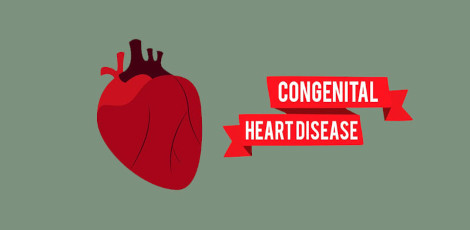Things we should know regarding the birth defect Congenital Heart Disease!!
Posted on: 03/Apr/2023 9:09:05 AM

Would you believe the fact that congenital heart disease or CHD affects 1% of the live births across the world? Yes, shocking but true!!
The structure as well as the functions of our heart would sometimes get affected by a birth defect and this is called congenital heart disease or CHD. The bitter truth is that the severity of CHD could vary from mild defects that do not cause symptoms tpo life threatening conditions.
Diagnosis of CHD:
During infancy or even before the birth of the baby, the diagnosis for CHD is made often. By this, the doctors would be able to keep an eye on the baby`s heart development and plan for treatment after the birth of the baby. Usually, prenatal ultrasound screening would be done to identify CHD in babies.
Various important signs of CHD:
There are some important common signs associated with CHD in the babies and these are crying inconsolable, irritability, rapid breathing, excess sweat etc. Other signs like bluish skin colour or cyanosis and water accumulation in the chest etc. It must be taken into account that in the elderly children or adolescents etc CHD would affect growth and development and would lead to weakness , fatigue etc.
Heart murmur identification:
An abnormal sound due to turbulent blood flow thru the heart would lead to heart murmur when the babies are examined physically. This might reveal the presence of heart defects and prompt diagnostic testing for CHD.
How to confirm CHD:
Echocardiography, Xray and electrocardiogram or ECG etc would be recommended by the doctors to confirm the diagnosis for CHD. With the help of these, the structure and functions of the heart could be evaluated. Abnormalities can be detected. To supplement the diagnosis for CHD, other tests like CT scan, MRI scan etc would also be needed.







